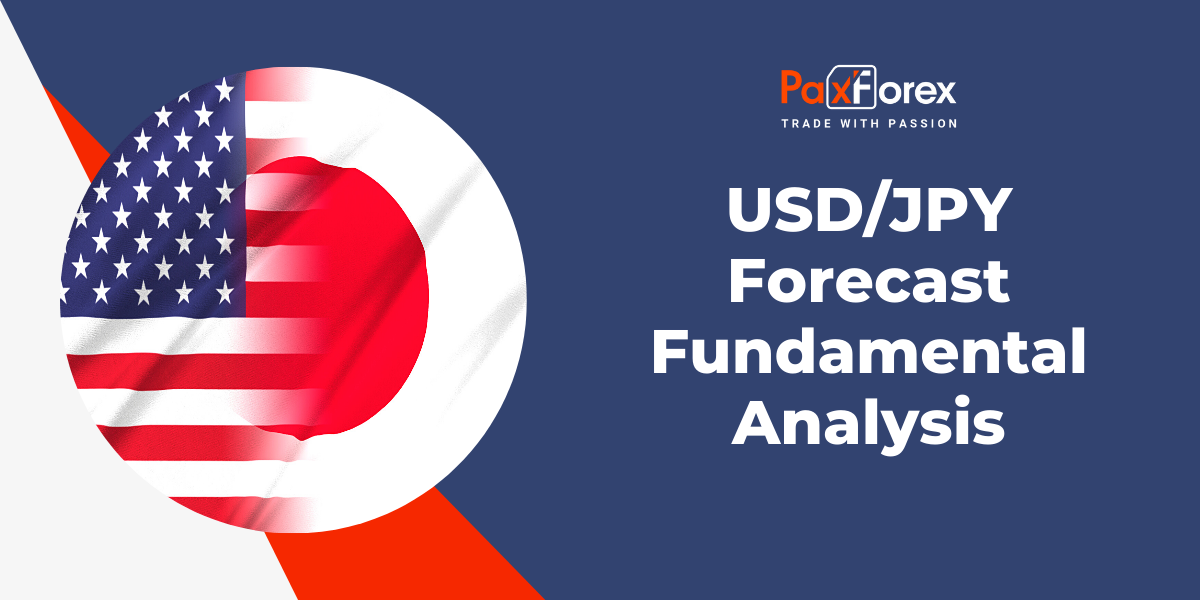
Source: PaxForex Premium Analytics Portal, Fundamental Insight
Japanese Household Spending for January plunged by 2.1% monthly and 6.3% annualized. Economists predicted a rise of 0.4% and a drop of 4.1%. Forex traders can compare this to Japanese Household Spending for December, which contracted by 0.9% monthly and 2.5% annualized.
Japanese Bank Lending for February increased by 3.0% annualized. Economists predicted a rise of 3.2%. Forex traders can compare this to Japanese Bank Lending for January, which rose 3.1% annualized.
The Preliminary Japanese Current Account Balance for January came in at ¥0.438T, and the Preliminary Japanese Adjusted Current Account Balance at ¥2.730T. Economists predicted a reading of -¥0.330T and ¥2.070T. Forex traders can compare this to the Japanese Current Account Balance for December, reported at ¥0.744T, and the Japanese Adjusted Current Account Balance at ¥1.810T.
Japanese Foreign Reserves for February came in at $1,281.5B. Forex traders can compare this to Japanese Foreign Reserves for January, reported at $1,291.8B.
The Preliminary Japanese Leading Index for January came in at 109.9, and the Preliminary Japanese Coincident Index at 110.2. Forex traders can compare this to the Japanese Leading Index for December, reported at 110.5, and to the Japanese Coincident Index at 116.0.
The Japanese Eco Watchers Survey Current Index for February came in at 51.3, and the Japanese Eco Watchers Survey Outlook Index at 53.0. Forex traders can compare this to the Japanese Eco Watchers Survey Current Index for January, reported at 49.5, and the Japanese Eco Watchers Survey Outlook Index at 52.5.
The US NFP Report for February is predicted to show 198K job additions and an unemployment rate of 3.7%. Forex traders can compare this to the US NFP Report for January, which showed 353K job additions and an unemployment rate of 3.7%. Private Payrolls for February are predicted to show 160K job additions and Manufacturing Payrolls 10K job gains. Forex traders can compare this to Private Payrolls for January, which showed 317K job additions, and Manufacturing Payrolls, which showed 23K job additions. The Average Work Week for February is predicted at 34.3 hours. Forex traders can compare this to the Average Work Week for January, reported at 34.1 hours. Average Hourly Earnings for February are predicted to increase by 0.2% monthly and 4.4% annualized. Forex traders can compare this to Average Hourly Earnings for January, which rose 0.6% monthly and 4.5% annualized.
The forecast for the USD/JPY remains cautiously bearish, with the Ichimoku Kinko Hyo Cloud flatlining. Adding to short-term volatility are the ascending Kijun-sen and the descending Tenkan-sen, with price action below the Kijun-sen. Traders should also monitor the CCI in extreme oversold territory. This technical indicator could snap back into a false breakout before a second push lower. Can bears maintain control over the USD/JPY and pressure this currency pair lower? Subscribe to the PaxForex Daily Fundamental Analysis and earn over 5,000 pips per month.
Should price action for the USDJPY remain inside the or breakdown below the 147.500 to 148.400 zone, PaxForex recommends the following trade set-up:
- Timeframe: D1
- Recommendation: Short Position
- Entry Level: Short Position @ 147.800
- Take Profit Zone: 144.000 – 144.900
- Stop Loss Level: 148.900
Should price action for the USDJPY breakout above 148.400, PaxForex recommends the following trade set-up:
- Timeframe: D1
- Recommendation: Long Position
- Entry Level: Long Position @ 148.900
- Take Profit Zone: 150.000 – 150.900
- Stop Loss Level: 148.400
Open your PaxForex Trading Account now and add this currency pair to your forex portfolio.













